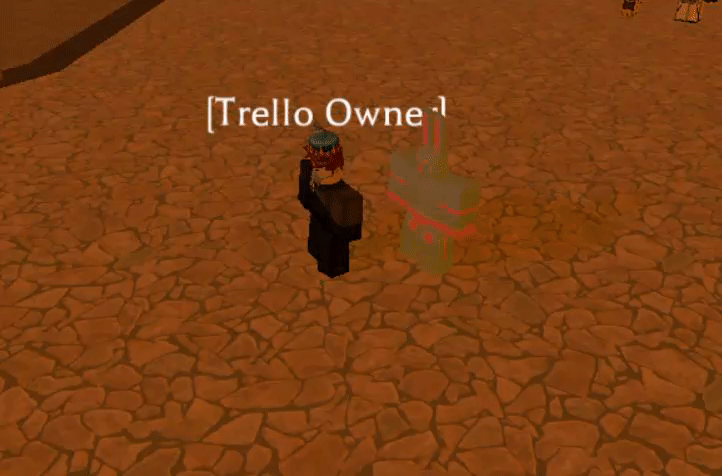


Ensuring secure collaborationĬonfiguring your Trello boards for appropriate visibility will prevent the information from going public. It’s a bit more work - someone will have to manage who has access to each board - but it helps ensure information integrity. We believe work-related information should be restricted to a minimum of employees, and therefore, using a private option is always better. The current Trello interface provides a clear enough description of visibility options, which suggest Web crawlers have access to public boards only, so any other option but public would have prevented the so-called leakage. The choice is clear.īoards allow more options: private (only board members have access), workspace (all workspace members have access), organization (all employees have access - this is for business accounts only), and public (everyone has access). Workspaces have two visibility settings: private and public. The less important one is workspace visibility more important, each board’s visibility. Configuring Trello to keep information privateīy changing just two settings, you can stop search engines from indexing data in your Trello workspace. Attackers can use business information to make their social engineering attacks more persuasive, for example, by initiating correspondence with an employee and quieting their vigilance by mentioning details from current projects. Unauthorized access to your company’s Trello workspace can spell trouble even if you do not keep any confidential documents or passwords there. Among them lurk website credentials, document scans, and confidential business discussions, which various researchers have been finding and publishing. Access to each board is configured separately.Īn appropriately formed search query can uncover lots of public boards belonging to various companies. At that point, any user can open the board with a direct link, and search engines can index the information on it. The boards are private - not viewable by anyone outside of the team - by default, but when users need to show a board to anyone not on the team, they set the board’s visibility to public. Trello members use boards to collaborate on projects. Unfortunately, such warnings tend to have only a brief effect. Researcher Kushagra Pathak attempted to highlight the issue on Medium three years ago. In truth, reports of another company storing important data openly in Trello make the news every couple of years. It was not a leak in the normal sense of the word the companies had been using Trello for years without bothering to configure the privacy settings properly, and the current fuss is about some researchers making that information public. Data belonging to users from hundreds of large and thousands of small companies has been leaked from Trello, according to some media reports.


 0 kommentar(er)
0 kommentar(er)
